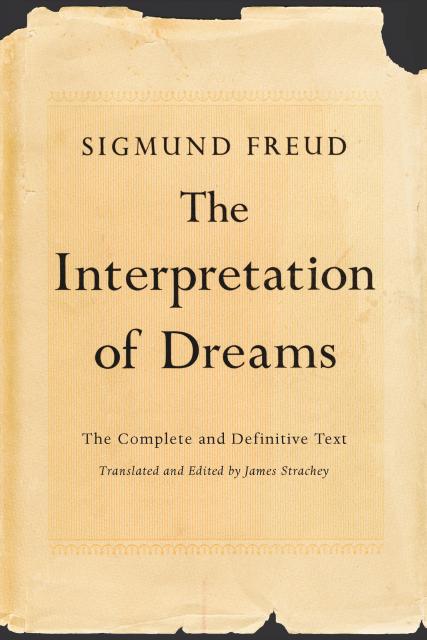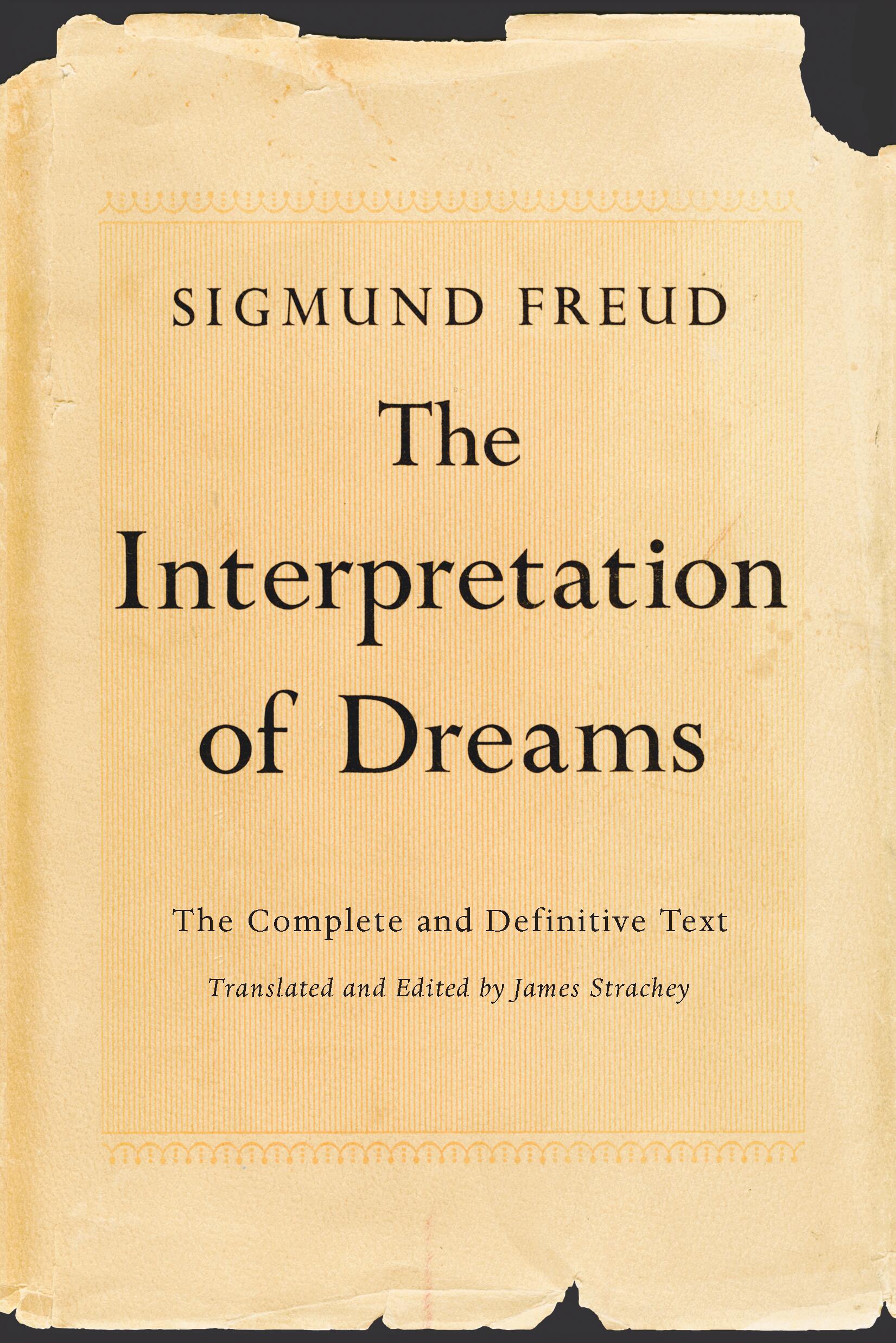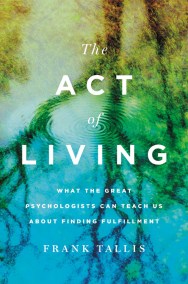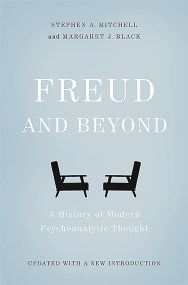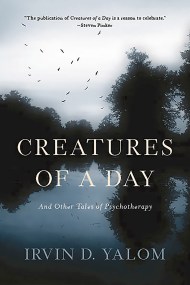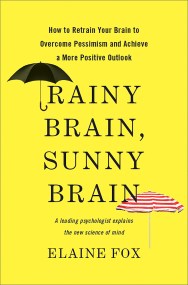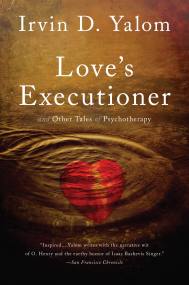Promotion
Use code MOM24 for 20% off site wide + free shipping over $45
The Interpretation of Dreams
The Complete and Definitive Text
Contributors
Edited and translated by James Strachey
Formats and Prices
Price
$15.99Format
Format:
- Trade Paperback $15.99
- ebook $10.99
This item is a preorder. Your payment method will be charged immediately, and the product is expected to ship on or around February 23, 2010. This date is subject to change due to shipping delays beyond our control.
Also available from:
The most complete edition of Sigmund Freud’s classic work on the psychology and significance of dreams.
What are the most common dreams and why do we have them? What does a dream about death mean? What do dreams of swimming, failing, or flying symbolize?
First published in 1899, Sigmund Freud's groundbreaking book The Interpretation of Dreams explores why we dream and why dreams matter in our psychological lives. Delving into theories of manifest and latent dream content; the special language of dreams; dreams as wish fulfillments; the significance of childhood experiences; and much more, Freud offers an incisive and enduringly relevant examination of dream psychology. Encompassing dozens of case histories and detailed analyses of actual dreams, this landmark work grants us unique insight into our sleeping experiences.
Renowned for translating Freud's German writings into English, James Strachey―with the assistance of Freud's daughter Anna―first published this edition in 1953. Incorporating all textual alterations made by Freud over a period of thirty years, it remains the most complete translation of the work in print.
What are the most common dreams and why do we have them? What does a dream about death mean? What do dreams of swimming, failing, or flying symbolize?
First published in 1899, Sigmund Freud's groundbreaking book The Interpretation of Dreams explores why we dream and why dreams matter in our psychological lives. Delving into theories of manifest and latent dream content; the special language of dreams; dreams as wish fulfillments; the significance of childhood experiences; and much more, Freud offers an incisive and enduringly relevant examination of dream psychology. Encompassing dozens of case histories and detailed analyses of actual dreams, this landmark work grants us unique insight into our sleeping experiences.
Renowned for translating Freud's German writings into English, James Strachey―with the assistance of Freud's daughter Anna―first published this edition in 1953. Incorporating all textual alterations made by Freud over a period of thirty years, it remains the most complete translation of the work in print.
Genre:
-
"The groundbreaking work that launched psychoanalysis."Time
-
"A century after the book's publication, Freud's ideas have seeped so deeply into the culture that most people invoke them daily without being aware of it."New York Times
-
"It is impossible to read The Interpretation of Dreams without coming away wiser."Globe & Mail
-
"Freud's classic. Freud has been a dominant force in Western thinking and here's the book that started it all."Psychology Today
-
"[An] epoch-making book."Economist
-
"At the beginning of our century, the publication of The Interpretation of Dreams changed our everyday perception of that essential component of human existence."Daily Mail
- On Sale
- Feb 23, 2010
- Page Count
- 688 pages
- Publisher
- Basic Books
- ISBN-13
- 9780465019779
Newsletter Signup
By clicking ‘Sign Up,’ I acknowledge that I have read and agree to Hachette Book Group’s Privacy Policy and Terms of Use
